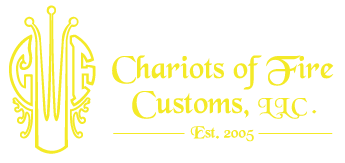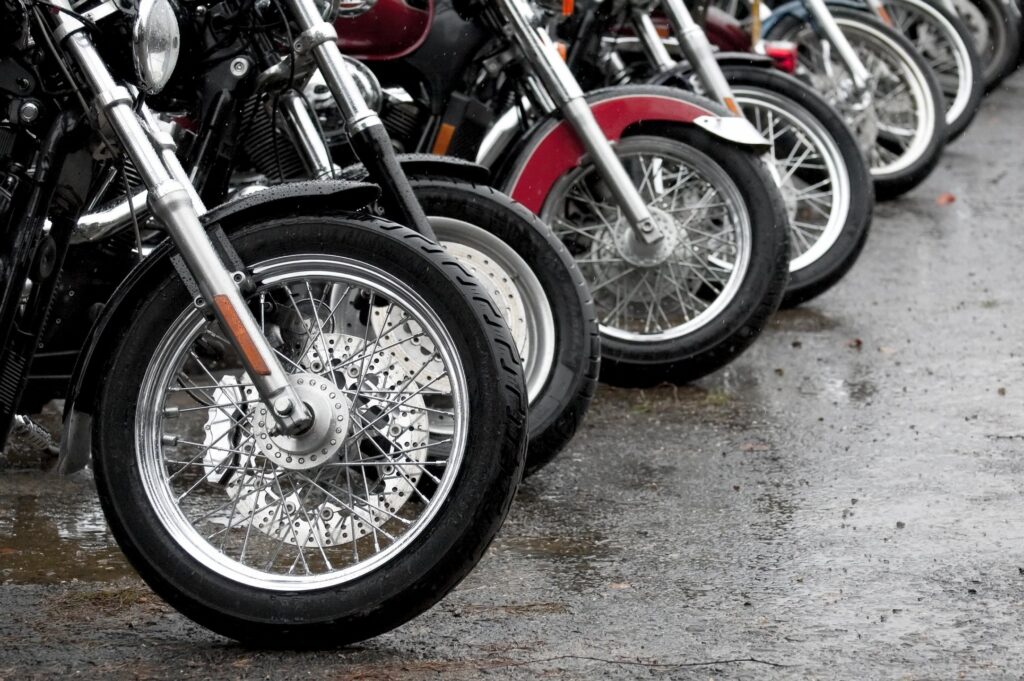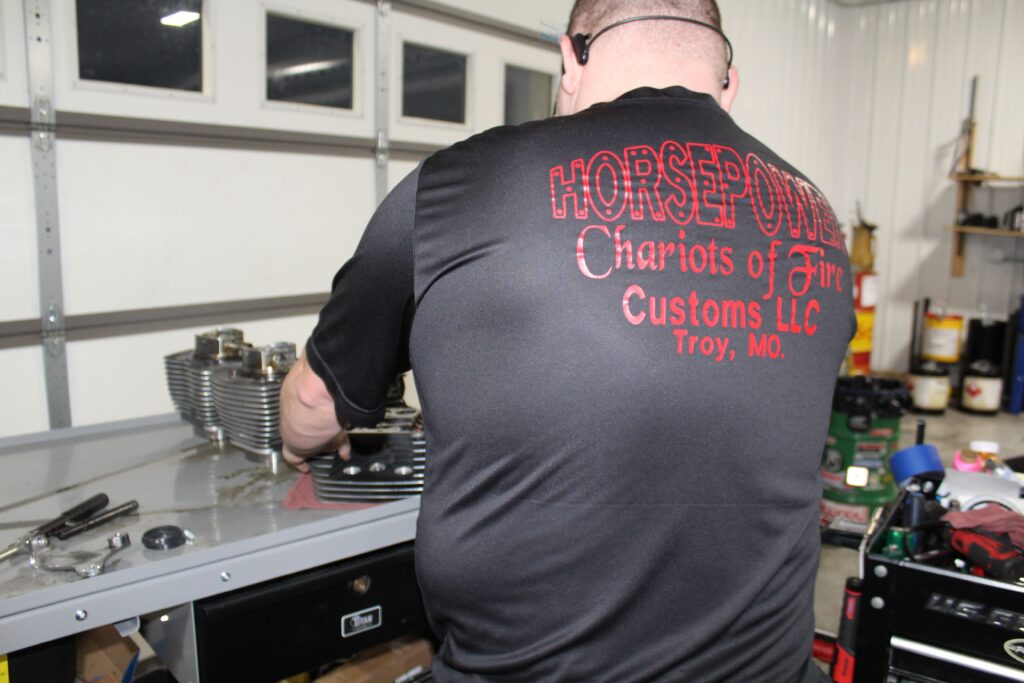When it comes to customizing your motorcycle, the sky’s the limit! You can add all sorts of accessories to make it stand out and look unique. One popular accessory is underglow lighting. This adds a cool effect under your bike that makes it stand out when you’re riding. There are a few things you should know before adding underglow lighting to your motorcycle.
Know Your State’s LED Rules for Motorcycles
First, underglow lighting can be illegal in some states. Before you add underglow lighting to your motorcycle, be sure to check the laws in your state to make sure it is legal. For the state of Missouri, it is legal to have underglow lighting for your motorcycle.
Cheap vs Quality Lighting: Know the Difference
Second, not all underglow lighting is created equal. Motorcycle LED lights come in a variety of shapes and sizes, including pod lights, strip lights, and lights that can change color and even have lighting effects. There are many types of underglow lights on the market, but they are not all the same quality. Some underglow lights are very cheaply made and will not last long. Others are quite expensive but are made with high-quality materials that will last for years. It’s important to do your research and find underglow lighting that is right for you and your motorcycle. Our shop will guide you through the decision making process, and inform you on all of the best underlighting options for you and your bike.
Brightness and Safety
Third, underglow lighting can be very bright! If you are not careful, you can end up with a blinding light show under your bike that is more annoying than anything else. Be sure to consult with an expert or do your research to find underglow lighting that will provide the right amount of light for your needs. At Chariots of Fire Customs, we help you determine the proper brightness and saturation for your lights so that your bike can look just the way you want it and ride safely on the roads also. Be sure to educate yourself on how to utilize the controls to change the colors and patterns as needed.
Underlighting and Motorcycle Battery Life
Fourth, underglow lighting can drain your battery. If you are planning on using underglow lighting for long periods of time, be sure to have a backup plan in case your battery dies. If you are not driving the motorcycle or if you are away from it, you should turn off the LED lights. If done frequently, leaving the LED lights on while the motorcycle is turned off will drain the battery and eventually cause it to fail. We recommend only using the LEDs in small time frames and start the bike periodically to ensure battery voltage is adequate.
April’s Lighting Specials at Chariots of Fire Customs
Adding underglow lighting to your motorcycle can be a great way to make it stand out and look unique. If you are considering adding underglow LEDs to your motorcycle soon, this is a great time to do so! Now through the end of April, our shop is running specials on all lighting projects. Our team is equipped and ready to help you install your lighting safely and legally, so that your bike can get that killer glow just in time for summer and all the competition shows! Come by the shop today to talk about what you’re looking for.


